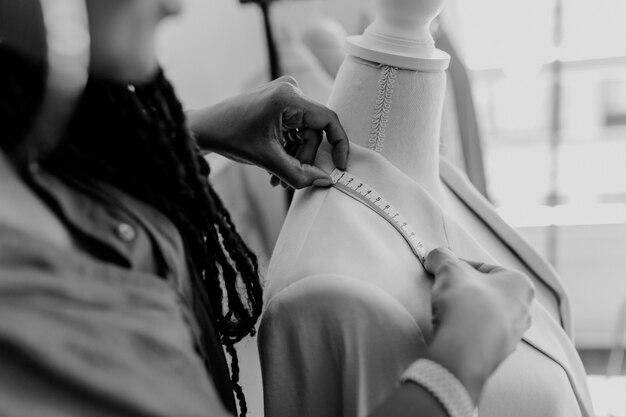
Ever wondered why some dresses cost as much as a car while others are just a quick click away on your favorite online store? Welcome to the dazzling world of fashion, where Haute Couture and Ready-to-Wear reign supreme in their own unique ways. Whether you're a fashion newbie or a seasoned trendsetter, this guide will break down the similarities between these two fashion giants—from where they began to how they influence your closet. Let's dive in and discover what works for you!
Imagine walking into a boutique or shopping an online boutique and finding a gorgeous jacket that you can take home right away—that's Ready-to-Wear in a nutshell. Also known as Prêt-à-Porter, it's fashion produced in regular sizes (think S, M, L or 34-44) and manufactured in bulk, ready for anyone to grab and go. Born out of the need for stylish yet affordable clothing, Ready-to-Wear bridges the gap between high fashion and everyday wear. Companies and designers around the world now offer these lines alongside their higher-end offerings, appealing to everyone from budget-conscious shoppers to luxury lovers.
Ready-to-Wear is scale and speed. Picture a hectic factory where the magic is:
· Split Tasks: The labor is broken down into bite-sized tasks—one guy cuts fabric, another guy sews sleeves, someone else installs zippers. It's an assembly line for fashion.
· Set Sizes: Patterns are made in set sizes, so it's simple to make lots of garments without it breaking the bank.
· Machine Magic: While skilled hands are still used (like stitching final touches), machines do the majority to keep up with speed.
This setup enables brands to produce trendy pieces quickly, so shelves get replenished with the latest trends.
Why is Ready-to-Wear so popular? Its budget-friendly range and availability. You may buy a $5 T-shirt from a discount store such as Primark or shell out $300 for a Gucci top—it's all about the label. These clothes are made for the masses, sold everywhere from local malls to global online platforms, so you’re never far from a stylish find.
Do you know about the "fashion circus"? That's what insiders call the whirlwind of the big fashion weeks when Ready-to-Wear collections are in the spotlight. Twice a year, the "Big Four" events—New York (February/September), London (February/September), Milan (February/September), and Paris (February/March, September/October)—draw buyers, editors, celebrities, and influencers to see what's new. Brands like Bottega Veneta, Louis Vuitton, Tommy Hilfiger, and Calvin Klein parade their new Ready-to-Wear collections. Here’s a tidbit: those runway pieces are often just samples, whipped up for the show and mass-produced later once orders roll in.
From fast fashion to high-end, Ready-to-Wear spans a wide net. Budget-friendly names like Levi’s, Primark, and C&A sit alongside luxury heavyweights like Bottega Veneta, Louis Vuitton, Gucci, Prada, Calvin Klein, and Tommy Hilfiger. There’s something for every taste and budget in this world.

Haute Couture—literally "high sewing" in French—is where fashion gets turned into pure art. It's all about bespoke, hand-sewn garments made exclusively for an individual, tailored to their exact measurements and specifications. Born in Paris under the Chambre Syndicale de la Haute Couture (its founder being Charles Frederick Worth in 1868), it's the epitome of luxury. Think of it as the VIP of fashion, reserved for the ultra-wealthy—royalty, celebrities, and anyone who can afford to spend money on a gown that's more expensive than a car.
Creating a Haute Couture gown is similar to composing a symphony. It starts with vision: sketches and motifs pinned to mannequins. Then the craftsmen—called "petit mains" (little hands)—spend hundreds of hours stitching each stitch by hand, from delicate embroidery to shimmering beading. One dress might take 2,000 hours to complete, using only the finest materials money can buy. The reward? A perfect work of art that clings to your body like a second skin.
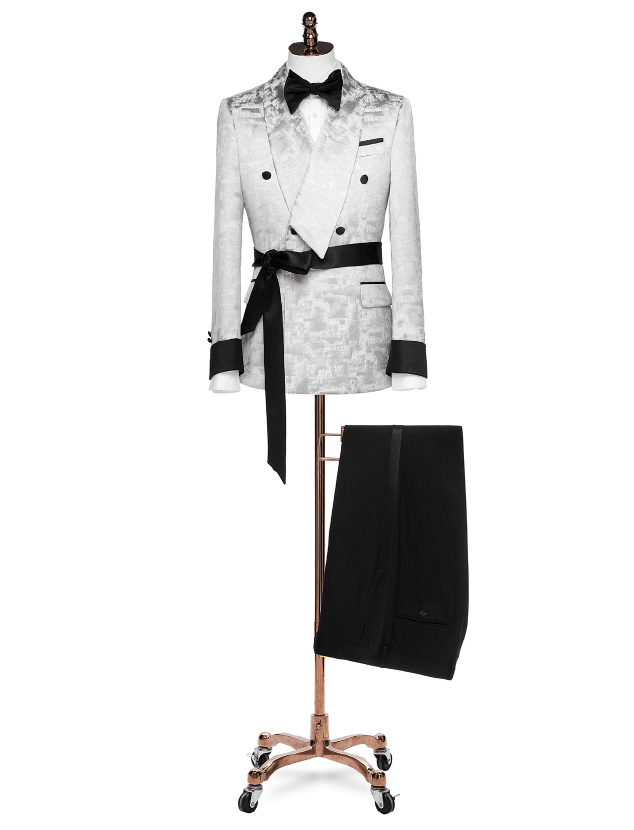
Why does Haute Couture cost so much? It's the price of perfection. With luxury materials, expert labor, and hours upon hours, these clothes aren't cheap—a Valentino Haute Couture dress might cost you $80,000 or more. And because every article is usually hand-made, one-of-a-kind, you won't find it at your local shopping mall. This is fashion for the elite, not for the masses.
Call yourself "Haute Couture" is not bragging—there's qualification you have to get. The Fédération de la Haute Couture et de la Mode (FHCM), a 1868-formed French group, imposes stringent regulations. To qualify, a fashion house must:
· Have a Paris workshop with at least 15 full-time staff.
· Make custom garments using traditional techniques.
· Show collections twice a year during Paris Fashion Week, with a minimum number of original designs.
The FHCM updates its list every year, and only a handful—Chanel, Dior, and Givenchy—qualification is granted.
Paris is transformed into a fairy-tale fashion universe for Haute Couture Week (January and July) every two years. The designers march gorgeous creations down the runway, showcasing their most extravagant ideas. Take Chanel's 2016 Grand Palais show: they converted the room into an imitation atelier, with piles of fabric and sewing tables. Karl Lagerfeld even bowed with four seamstresses, a nod to the hands behind the magic. These shows are theater, an apotheosis of fashion in its extravagance.
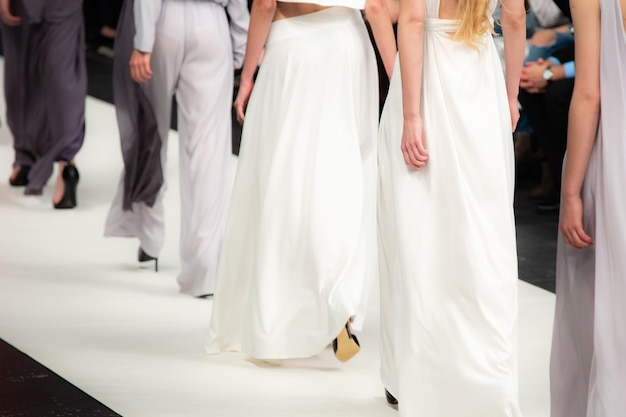
It only requires a select few to claim the Haute Couture seal of approval from the FHCM. Legendary houses like Chanel, Christian Dior, Givenchy, Valentino, and Elie Saab qualify. Viktor & Rolf, Iris van Herpen, Maison Margiela, Giambattista Valli, Adeline André, Jean Paul Gaultier, Thom Browne, Simone Rocha, and Karl Lagerfeld are also part of this exclusive club. Their creations light up Paris Haute Couture Week with creativity paired with unrivaled expertise.
Let's step back to Paris in the 1850s, a city that smelled of refinement. Meet Charles Frederick Worth, an English tailor who turned the game around. When he opened his own fashion house in 1858, Worth created what we recognize today as Haute Couture—placing his name on his designs, charging up front, and showing fashion shows to clients. With Empress Eugénie's patronage, his fashions became the epitome of status. It was in 1868 that the Syndicat de la Couture, des Modes et des Tailleurs was established to protect this art, which was subsequently renamed the Fédération de la Haute Couture et de la Mode in 1945. Even while Ready-to-Wear increased during the 1960s and 70s, Haute Couture remained resolute—particularly following Christian Dior's 1947 "New Look" revolutionized luxury.
Flash forward to the late 19th century: the Industrial Revolution was in high gear, and an emerging middle class had disposable income. They wanted clothes to fit their workaday lives, not merely their social status—meet Ready-to-Wear. In America, it took off: by the 1860s, 25% of apparel was off-the-rack; by 1890, 60%; and by 1951, a staggering 90%. Department stores and mail-order catalogs made it easy to buy, and the Ehrlich Brothers brought French Ready-to-Wear to New York in 1903, staging what's known as the world's first fashion show. Hollywood stars got into the act as well, wearing stylish silhouettes that made Ready-to-Wear a sensation with all classes.
Here’s a quick rundown of how these two differ:
| Aspect | Haute Couture | Ready-to-Wear |
| How It’s Made | Handcrafted, custom-made for one client by skilled artisans. | Mass-produced in factories with standard sizes using machines. |
| Who’s It For? | The elite—think celebs, royalty, and the ultra-rich. | Everyone, from budget shoppers to luxury fans. |
| Materials | Top-notch fabrics, often rare, with details like embroidery and beads. | A mix of fabrics, balancing quality and cost. |
| Price Tag | Sky-high—tens of thousands of dollars for one piece. | From $5 tees to thousands for designer gear. |
| Exclusivity | One-of-a-kind, made just for you. | Designed for the masses, with lots of copies. |
Haute Couture isn’t just about pretty dresses—it’s a trendsetting powerhouse. Designers here dream big, experimenting with bold ideas that ripple into mainstream fashion. Those wild runway looks often inspire Ready-to-Wear collections, setting the tone for what we all wear. And it keeps the art of craft alive, showing the world what good is.
Ready-to-Wear flipped fashion on its head, turning fashion into something anyone can grab. It mixes trends with what people actually want, shifting rapidly to keep closets up to date. Its speed and variety have grown the industry, providing us with more options at every price point. It's why you can rock the latest look without waiting months—or selling your car.
According to international data, global fashion apparel sales reached $1.79 trillion in 2024 and are predicted to reach $1.84 trillion in 2025. Haute Couture? It's a small slice—1-2% of that pie. But don't sell it short. As Marguerite LeRolland from Euromonitor frames it, Haute Couture "inspires the whole industry," setting trends and breaking boundaries even if only a select few are able to afford it.
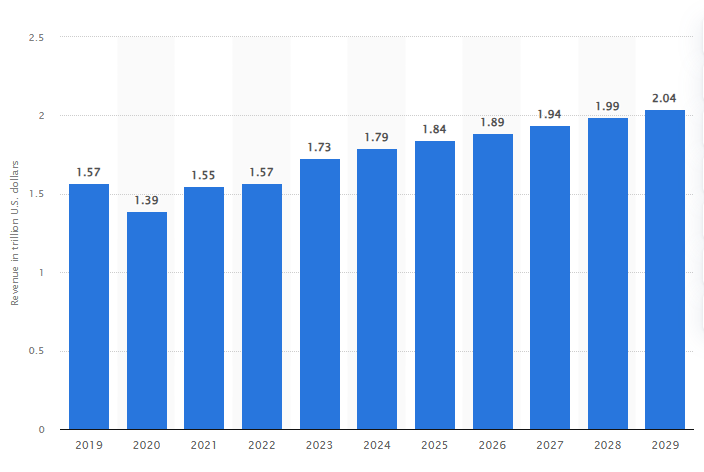
(Source from © Statista 2025 )
It's a choice of what you value:
· Haute Couture: If you're feeling like something totally one-of-a-kind—like a wedding dress no other human being will ever have—and you're willing to spend the money, then this is your cup of tea. But it's costly and time-consuming.
· Ready-to-Wear: Require fashionable pieces ready to hit the pavement immediately without emptying your wallet? Ready-to-Wear's your ticket with plenty of options for every occasion.
Say you’re a bride-to-be: Haute Couture can offer you a dress from your most indulgent dreams, but a Ready-to-Wear can have you walking down the aisle just as beautiful for a fraction of the cost. It's about what fits your life—and your wallet.
Haute Couture and Ready-to-Wear are two sides of a stylish coin—one's all about personal artistry, the other's about affordable fashion. Whether you're dreaming of a one-of-a-kind masterpiece or lusting after the latest off-the-rack gem, knowing their differences makes you a wiser shopper. So, which speaks to you—Haute Couture's elegance or Ready-to-Wear's ease? Enter fashion and find your fit!
If you're a fashion brand eager to bring your vision to life—whether a show-stopping Haute Couture gown or a mass-producible Ready-to-Wear collection—Kutetailor is your go-to partner. A full-service apparel supplier, Kutetailor helps brands from concept to shelf through services like design development, sample creation, bulk production, quality control, and global logistics. We work with both upstart and seasoned designers to deliver high-quality apparel built to your design specifications. Our services are:
· Design Development: Turn your sketches into production-ready plans with our expert guidance.
· Sample Production: Get prototypes and duplicate patterns to test your ideas before going big.
· Bulk Manufacturing: Scale up with reliable, top-notch production processes.
· Quality Control: Every piece passes strict checks to meet your standards.
· Global Logistics: Smooth shipping to get your creations out into the world.
Ready to make your mark in fashion? Come drop by Kutetailor to learn more and get in touch with us. Let's turn your designs into reality with passion and precision!
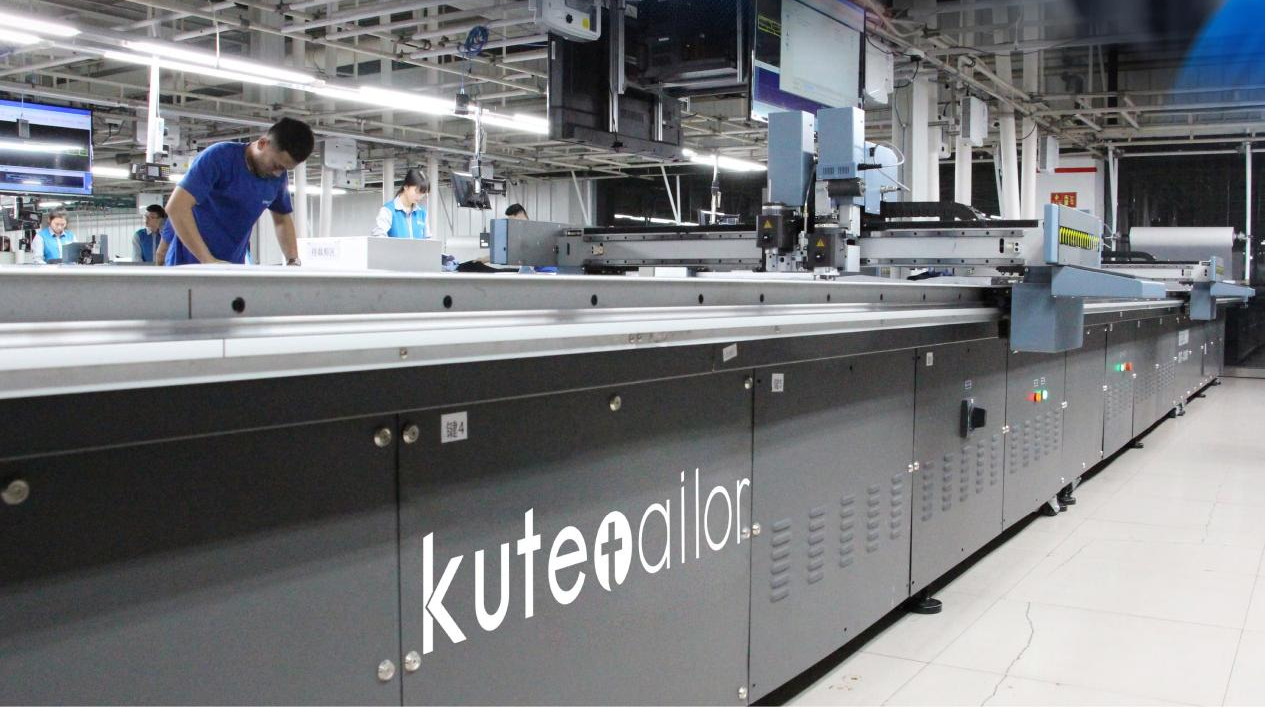
Got questions? We have answers:
1. How do you become a Haute Couture designer?
You need the FHCM seal of approval. That entails a Paris workshop, a minimum of 15 full-time staff, and showing collections twice a year at Paris Fashion Week.
2. How does Haute Couture shape Ready-to-Wear?
Haute couture lays the foundation, and fashion show design inspiration will permeate into daily clothing and shape the aesthetics of daily clothing.
3. Ready-to-Wear vs runway—what’s the difference?
Ready-to-Wear is what you buy off the rack, manufactured for the masses. Runway shows high-end designs—some get made into Ready-to-Wear, others just set trends.
4. Is Ready-to-Wear cheaper?
Yup! It's mass-produced with standard sizes, so it's much cheaper than custom Haute Couture—$5 tees versus $50,000 gowns.
5. How large is the Haute Couture market actually?
It's small—1-2% of the $1.4 trillion worldwide apparel market in 2022, estimates Euromonitor International. But its influence is huge.